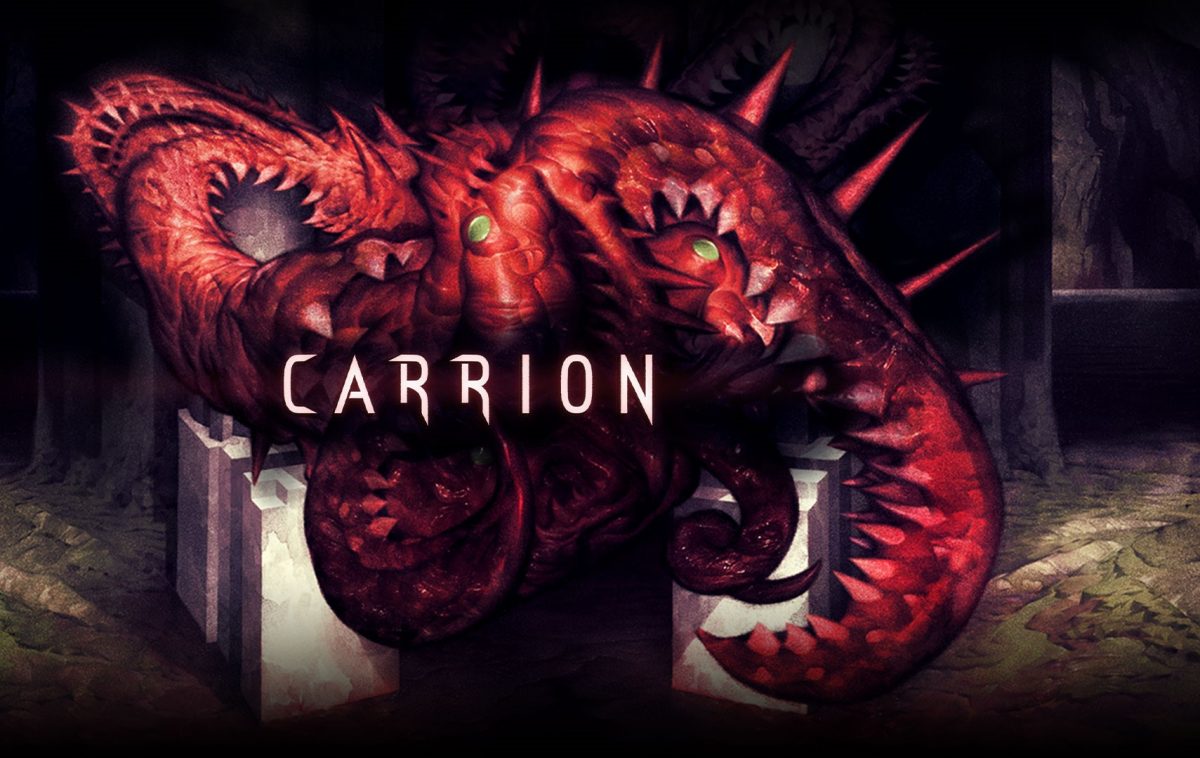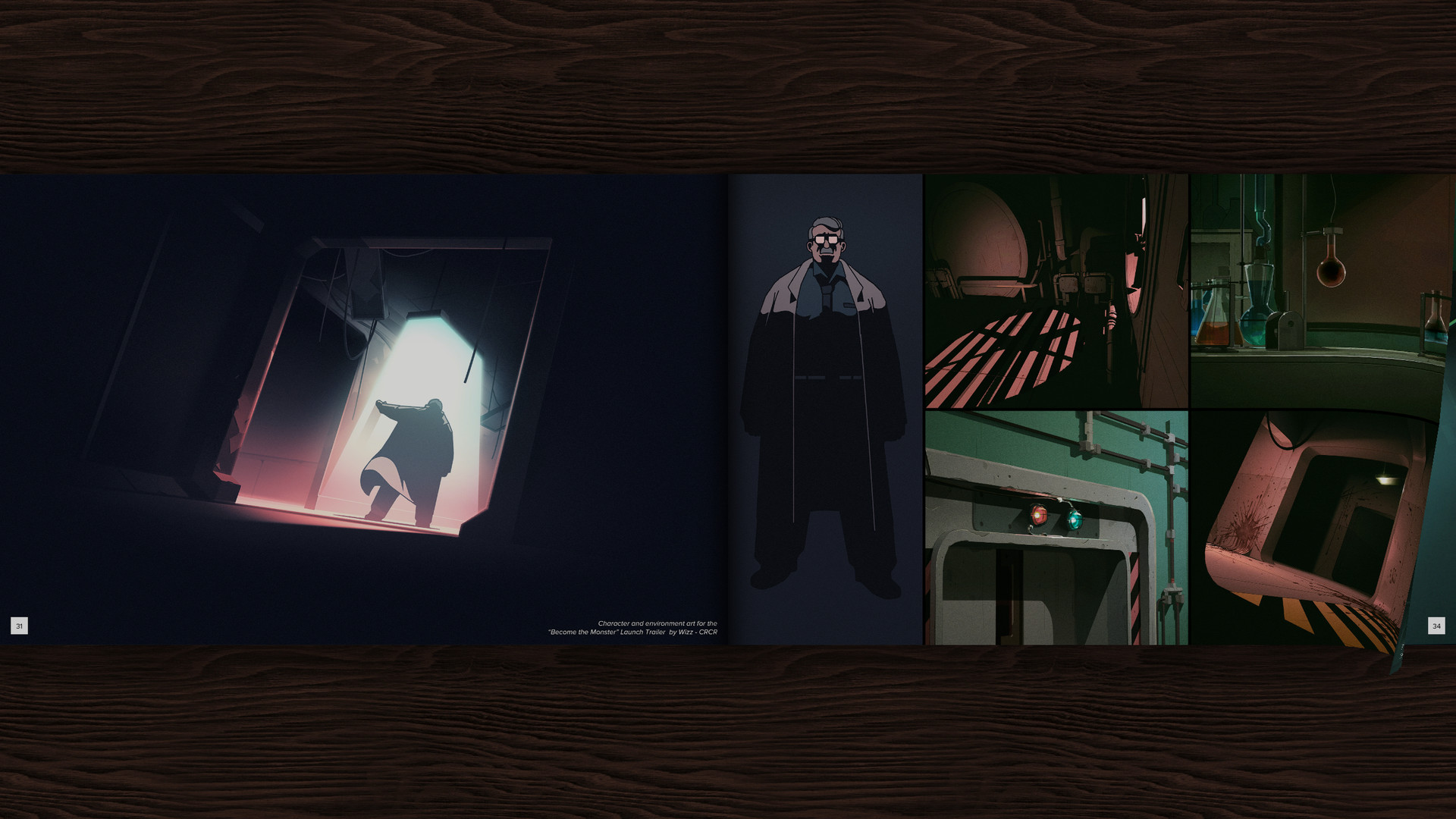

Now, more than a decade later, Buechley and Şekercioğlu have examined factors affecting the extinction risk of more than 100 bird species, including 22 species of vultures, which eat carrion exclusively, and other scavenging birds that have broader diets. He noted then that vultures represented the single most threatened group of birds.

In 2004, Şekercioğlu published a study examining the respective extinction risks of all bird species throughout the world.

Such technology is important for identifying critical habitat for the conservation of endangered vultures. This device will allow detailed tracking of the movements in order to investigate where this endangered species is breeding, feeding, and migrating. Buechley releasing an adult Egyptian Vulture in Armenia after tagging it with a satellite tracking device (visible on the back of the bird). Proliferation of such scavengers could bring bacteria and viruses from carcasses into human cities.Įvan R. Losses of vultures can allow other scavengers to flourish, according to biologists Evan Buechley and Çağan Şekercioğlu. Populations of most vulture species around the world are now either declining or on the brink of extinction. On many continents, vultures are the unfortunate victims of poisoned carcasses - especially impactful because dozens - or even hundreds - of vultures can feast on a single carcass. The primary threat to vultures, according to the report published today in Biological Conservation, is the presence of toxins in the carrion they consume. And according to a new report from University of Utah biologists, such a loss would have serious consequences for ecosystems and human populations alike. But, joking aside, vultures in some parts of the world are in danger of disappearing. Cartoon characters in parched deserts often wish them to disappear, since circling vultures are a stereotypical harbinger of death.


 0 kommentar(er)
0 kommentar(er)
